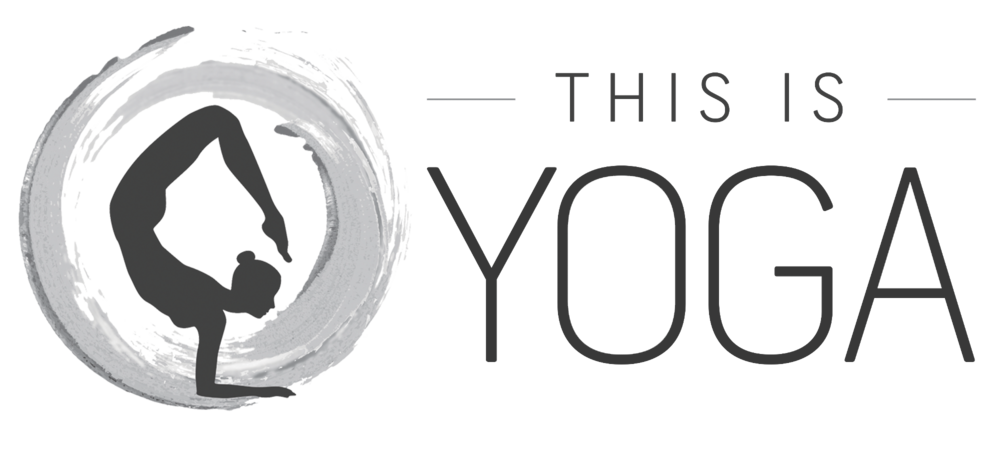How we start our day reflects the energy that we will be inviting in for the whole rest of our day ahead. Perhaps you can remember a time when you have woken up, checked your phone or emails straight away and became instantly stressed or agitated which then carried through for the whole rest of the day with many things going wrong. Whereas I’m sure you can remember a time where you woke up and had a beautiful and nourishing morning which then went on to lead you to having a beautiful and fulfilling day ahead. So as you can imagine, it is so important to begin our day with morning rituals which invite in the energy of calm, gratitude and flow in order to live each day in alignment with the expression of our Highest Self.
Things to avoid in your morning routine:
Checking your phone/social media/emails
Drinking stimulating substances (coffee/energy drinks)
Eating sugary and processed foods
Watching/consuming the news or other forms of media
Leaving your bed unmade & leaving mess to deal with later
Morning Ritual Ideas:
Here are some morning ritual ideas which will help to nourish your heart and soul and allow your day to start off from a place of softness and alignment, which can be energetically carried through the rest of your day. You may not have time or even want to do everything on this list, but we can suggest choosing the ones that resonate with you best and then incorporating the into your daily morning routine.
1. Tongue Scraping
Tongue scraping is an ancient ayurvedic technique that has been used for thousands of years as a way to remove any toxins that have accumulated on the surface of your tongue. Overnight as you sleep, the body is working hard to remove these toxins which are then collected as a white coating over your tongue. In ayurveda they believe that it is very important to scrape away this toxic layer before you consume any liquids, so that you are not allowing the toxins to reenter into your system. You can do this through a method called ‘tongue scraping’, which is using a metal tongue scraper (or a teaspoon works just as well), to remove this coating. You can scrape your tongue and then wash away the white residue, and continue this process around 5-10 times until this layer has removed.
There are a number of scientifically proven benefits associated with this practice, such as:
Improves sense of taste
Enhances oral hygiene
Removes bacteria
Reduces bad breath
Improves overall health
Prevents cavities
2. Warm Lemon Water
After you have removed any toxins from the mouth through the tongue scraping, now is the time to cleanse your digestive system for the day ahead with a warm and nourishing glass of lemon water. Drinking warm lemon water every morning helps the body to maintain its natural pH balance and helps to boost the immune system through its rich source of vitamin C. Other beautiful benefits include:
Helps to fight infections with its powerful antibacterial properties
Maintains digestive health
Flushes toxins out of the liver
Reduces joint and muscle pain
Increases the metabolic rate
3. Gratitude Journaling
A bit of a fun way that you can incorporate gratitude into your daily life is to have a gratitude jar or box. You can find an empty jar or box and decorate it as you desire so that it looks pleasing to you. Once you have your gratitude container, the idea of this is to write down a gratitude statement on a piece of paper and add a new statement into the jar or box everyday. Then by the end of the week or the end of the month you can take out all of the statements and read out everything that you have been grateful for over that period.
There has been an incredible amount of research on the healing benefits of regular gratitude practice. This can often take place in the form of gratitude journaling, where you can start your day with writing down three things you’re grateful for and why. When you allow yourself to tune into the resonance of gratitude, you will recognise more things that you are grateful for throughout your day. This attitude of gratitude shifts you away from a mentality of lack and fear, and into the vibration of love and appreciation.
4. Dream Journaling
Writing down your dreams when you wake up, is a beautiful way to boost your levels of creativity, and connect more to the messages of your unconscious mind. Writing down your dreams can also be a very therapeutic process, which can help you to process the experiences and emotions which you’ve had in your waking life which is often played out in the dream space. Research has also indicated that dream journaling helps to improve memory recall and strengthen the immune system.
5. Digital Detox
A digital detox is a complete break from technology and all media outlets. This includes checking your phone, social media, watching the news etc. Typically a digital detox may be for a prolonged period of time. However we understand that with the world that we live in, this usually isn’t possible. However it is definitely possible and attainable to have a digital detox every morning. This means waking up and not checking your phone or emails straight away. It would look something like waking up, practising a few of your nourishing morning rituals, having breakfast, having your shower and getting ready for your day. Only when you are ready and you have done everything you needed to and have established the right energy for the day, then you can consciously check your phone or emails when needs be. We would also very much recommend taking a digital detox before bedtime too so you can ease yourself into sleep without your stress response being triggered by the notifications and the blue light.
If you want to find out more about starting a digital detox, check out our previous blog post: https://www.heartandsoulretreats.com.au/blog/digital-detox
6. Pranayama
Connecting to the power of your breath is a beautiful way to start the day, as it helps to connect you to your prana (your lifeforce energy), which can leave you feeling grounded throughout the rest of your day. Pranayama in sanskrit means to control your life force energy, which can be done through a variety of different breathing techniques which the ancient yogis have practised for thousands of years. There a number of amazing benefits associated with practising pranayama, such as:
Decreased levels of stress
Improved quality of sleep
Increased levels of mindfulness
Reduced high blood pressure
Enhanced cognitive performance
Improved lung capacity
Regulates subtle energy in the body
Helps to clear away stagnant energy and blockages
7. Yoga
A regular morning practice of yoga can help you to start your day with a positive flow of momentum. A yoga practice can help you to feel centered, calm and grounded so that you can move throughout your day within a more balanced state of mind. You are also allowing an increased level of prana (lifeforce energy) to flow within your energy field, which will help you to feel more connected to the wisdom of your Higher Self. Which will help you to respond instead of reacting to stressful situations that you may face throughout your day. Other wonderful benefits of a regular morning yoga practice includes:
Helps to regulate your sleep rhythm and balance your hormones
A great caffeine alternative to provide energy throughout the day
Prevents injury and an achy body throughout the day
A more dynamic practice will help to boost your metabolic rate
Helps to build a healthy and consistent routine
We hope you have enjoyed these morning ritual ideas for a happy heart and soul. Let us know in the comments which rituals resonate with you best.










